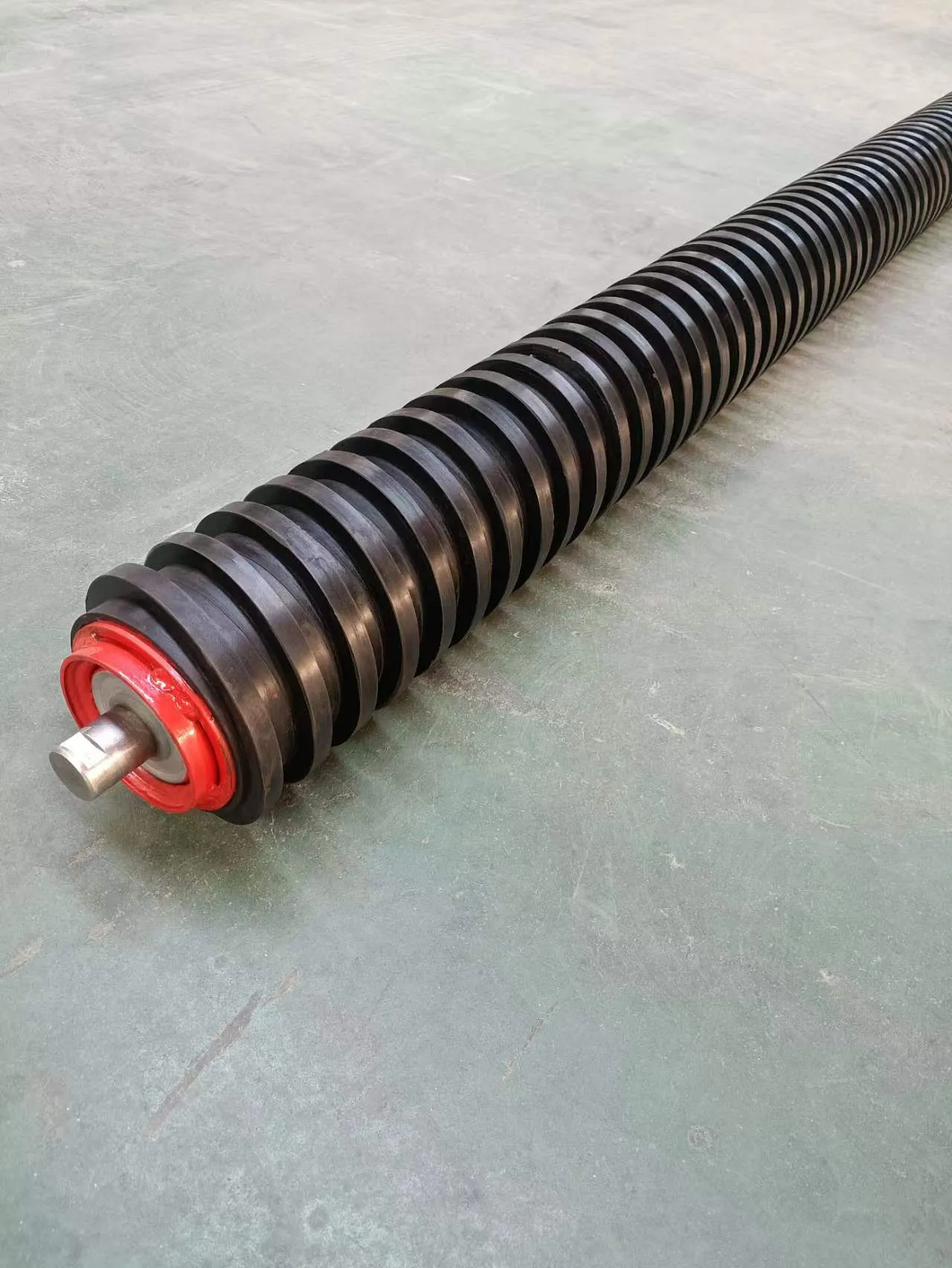 Afrikaans
Afrikaans  Albanian
Albanian  Amharic
Amharic  Arabic
Arabic  Armenian
Armenian  Azerbaijani
Azerbaijani  Basque
Basque  Belarusian
Belarusian  Bengali
Bengali  Bosnian
Bosnian  Bulgarian
Bulgarian  Catalan
Catalan  Cebuano
Cebuano  Corsican
Corsican  Croatian
Croatian  Czech
Czech  Danish
Danish  Dutch
Dutch  English
English  Esperanto
Esperanto  Estonian
Estonian  Finnish
Finnish  French
French  Frisian
Frisian  Galician
Galician  Georgian
Georgian  German
German  Greek
Greek  Gujarati
Gujarati  Haitian Creole
Haitian Creole  hausa
hausa  hawaiian
hawaiian  Hebrew
Hebrew  Hindi
Hindi  Miao
Miao  Hungarian
Hungarian  Icelandic
Icelandic  igbo
igbo  Indonesian
Indonesian  irish
irish  Italian
Italian  Japanese
Japanese  Javanese
Javanese  Kannada
Kannada  kazakh
kazakh  Khmer
Khmer  Rwandese
Rwandese  Korean
Korean  Kurdish
Kurdish  Kyrgyz
Kyrgyz  Lao
Lao  Latin
Latin  Latvian
Latvian  Lithuanian
Lithuanian  Luxembourgish
Luxembourgish  Macedonian
Macedonian  Malgashi
Malgashi  Malay
Malay  Malayalam
Malayalam  Maltese
Maltese  Maori
Maori  Marathi
Marathi  Mongolian
Mongolian  Myanmar
Myanmar  Nepali
Nepali  Norwegian
Norwegian  Norwegian
Norwegian  Occitan
Occitan  Pashto
Pashto  Persian
Persian  Polish
Polish  Portuguese
Portuguese  Punjabi
Punjabi  Romanian
Romanian  Russian
Russian  Samoan
Samoan  Scottish Gaelic
Scottish Gaelic  Serbian
Serbian  Sesotho
Sesotho  Shona
Shona  Sindhi
Sindhi  Sinhala
Sinhala  Slovak
Slovak  Slovenian
Slovenian  Somali
Somali  Spanish
Spanish  Sundanese
Sundanese  Swahili
Swahili  Swedish
Swedish  Tagalog
Tagalog  Tajik
Tajik  Tamil
Tamil  Tatar
Tatar  Telugu
Telugu  Thai
Thai  Turkish
Turkish  Turkmen
Turkmen  Ukrainian
Ukrainian  Urdu
Urdu  Uighur
Uighur  Uzbek
Uzbek  Vietnamese
Vietnamese  Welsh
Welsh  Bantu
Bantu  Yiddish
Yiddish  Yoruba
Yoruba  Zulu
Zulu Impact Roller - Enhance Your Equipment's Performance
The Impact of Roller Technology on Modern Industries
In recent years, the emergence of impact roller technology has revolutionized various industries, enhancing both efficiency and productivity. An impact roller, commonly utilized in materials handling, mining, and construction, plays a critical role in the optimal movement and management of heavy loads and machinery. This article explores the significance of impact rollers, their functionalities, and their broader implications across sectors.
Impact rollers are designed to absorb and dampen the shocks that occur during material handling processes. These specialized rollers are installed on conveyor systems, helping to reduce wear and tear on equipment, minimize downtime, and lower maintenance costs. By cushioning the effects of heavy loads, impact rollers enable smooth transitions and minimize disruptions in the production flow. This is particularly vital in high-intensity industries where continuous operation is essential for profitability.
One of the primary industries benefiting from impact roller technology is construction. Construction sites often involve the movement of heavy materials, such as steel beams, concrete blocks, and machinery. Utilizing impact rollers helps mitigate the damaging effects of these heavy loads on conveyor systems and machinery. As a result, the risk of equipment failure decreases, leading to safer job sites and increased worker productivity. Moreover, the ability to manage heavy loads with ease accelerates project timelines, allowing companies to meet deadlines more reliably.
impact roller

The mining sector also sees substantial advantages from impact roller use. Mining operations require robust systems capable of withstanding extreme conditions and heavy handling of minerals. The stability provided by impact rollers ensures that materials can be transported effectively without causing damage to the infrastructure. Furthermore, these rollers contribute to improving energy efficiency by reducing the amount of energy required to move materials. This is not only cost-effective but also aligns with the global push towards more sustainable practices in resource extraction.
In addition to construction and mining, logistics and warehousing have also integrated impact roller technology into their operations. The seamless flow of goods through conveyor systems is crucial in optimizing supply chain efficiency. Impact rollers enhance the movement of packages, ensuring they reach their destination without sustaining damage. This reliability builds customer trust and satisfaction, as companies can deliver products in pristine condition and on time.
Environmental sustainability is another area where impact roller technology makes a difference. By prolonging the lifespan of machinery and reducing the frequency of equipment failure, companies can significantly decrease their carbon footprint. Efficient material handling systems mean less energy consumption and lower resource waste, which is critical in today’s environmentally conscious business landscape.
In conclusion, the impact roller has become an indispensable tool across various industries, aiding in the management of heavy loads while enhancing efficiency, safety, and sustainability. As technology continues to evolve, the integration of advanced impact roller systems is expected to increase, paving the way for further innovations that will redefine traditional practices in construction, mining, logistics, and beyond. Embracing this technology not only fosters operational excellence but also echoes a commitment to corporate responsibility and environmental stewardship.
-
Revolutionizing Conveyor Reliability with Advanced Rubber Lagging PulleysNewsJul.22,2025
-
Powering Precision and Durability with Expert Manufacturers of Conveyor ComponentsNewsJul.22,2025
-
Optimizing Conveyor Systems with Advanced Conveyor AccessoriesNewsJul.22,2025
-
Maximize Conveyor Efficiency with Quality Conveyor Idler PulleysNewsJul.22,2025
-
Future-Proof Your Conveyor System with High-Performance Polyurethane RollerNewsJul.22,2025
-
Driving Efficiency Forward with Quality Idlers and RollersNewsJul.22,2025





























